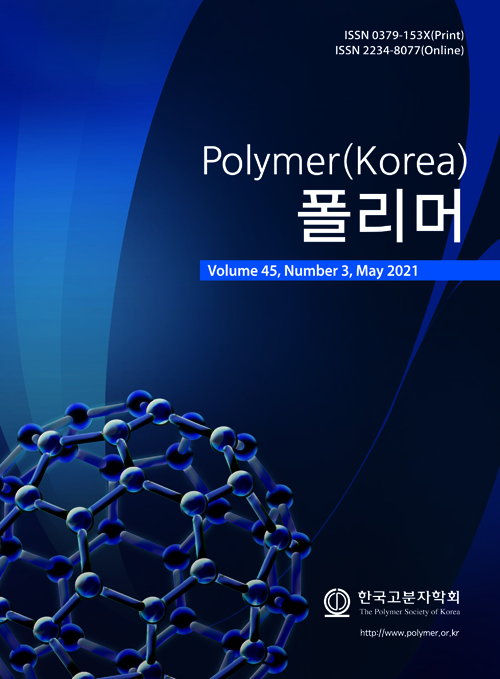- Evaluation of Tensile Properties of Glass/Sisal and Glass/Jute Fibers Reinforced Hybrid Composites at Different Stacking Sequences
Muhammad Yasir Khalid†
 , Ans Al Rashid*, Zulkarnain Abbas**, Naveed Akram***, ****, Zia Ullah Arif, and Fausto Pedro García Márquez*****,†
, Ans Al Rashid*, Zulkarnain Abbas**, Naveed Akram***, ****, Zia Ullah Arif, and Fausto Pedro García Márquez*****,† 
Department of Mechanical Engineering, University of Management & Technology Lahore, Sialkot Campus, 51041, Pakistan
*Division of Sustainable Development, College of Science and Engineering, Hamad Bin Khalifa University, Qatar Foundation Doha, 0000, Qatar
**Department of Mechanical Engineering NFC Institute of Engineering and Technology, Multan, Pakistan
***Department of Mechanical Engineering, Mirpur University of Science and Technology (MUST),
New Mirpur City, Azad Jammu and Kashmir, 10250, Pakistan
****Department of Mechanical Engineering, Faculty of Mechanical Engineering, University of Malaya, Kuala Lumpur, 50603, Malaysia
*****Ingenium Research Group, University of Castilla-La Mancha, 13071 Ciudad Real, Spain- Stacking Sequences에 따른 Glass/Sisal과 Glass/Jute Fiber로 강화된 복합체의 연신 특성 평가
Reproduction, stored in a retrieval system, or transmitted in any form of any part of this publication is permitted only by written permission from the Polymer Society of Korea.
The improvement in mechanical properties of biodegradable and sustainable materials like natural fibers turns out to be exceptionally appealing from the financial and biological perspectives. This is achieved by hybridization technique in which different fiber orientations can be adjusted in various arrangements providing variety in its properties. In this study, the authors used different natural fibers in hybridization with glass fibers. The tensile strength of varying glass/sisal and glass/jute contents within the composites were compared. Besides, the effect of hybridization was analyzed. Results revealed that all hybrid composites show low tensile strength as compared to the non-hybrid composites. However, in hybrid composites, the laminate containing a single layer of sisal fiber has shown almost the same tensile strength as non-hybrid composites. Based on results, it is suggested that flax is an appropriate natural fiber to replace E-glass for applications requiring similar strength
Keywords: glass fiber, jute fiber, sisal fiber, hybridization, hand layup
- Polymer(Korea) 폴리머
- Frequency : Bimonthly(odd)
ISSN 0379-153X(Print)
ISSN 2234-8077(Online)
Abbr. Polym. Korea - 2023 Impact Factor : 0.4
- Indexed in SCIE
 This Article
This Article
-
2021; 45(3): 390-397
Published online May 25, 2021
- 10.7317/pk.2021.45.3.390
- Received on Nov 28, 2020
- Revised on Mar 8, 2021
- Accepted on Mar 29, 2021
 Correspondence to
Correspondence to
- Muhammad Yasir Khalid and austo Pedro García Márquez*****
-
Department of Mechanical Engineering, University of Management & Technology Lahore, Sialkot Campus, 51041, Pakistan
*****Ingenium Research Group, University of Castilla-La Mancha, 13071 Ciudad Real, Spain - E-mail: yasir.khalid@skt.umt.edu.pk or yasirkhalid94@gmail.com, faustopedro.garcia@uclm.es









 Copyright(c) The Polymer Society of Korea. All right reserved.
Copyright(c) The Polymer Society of Korea. All right reserved.